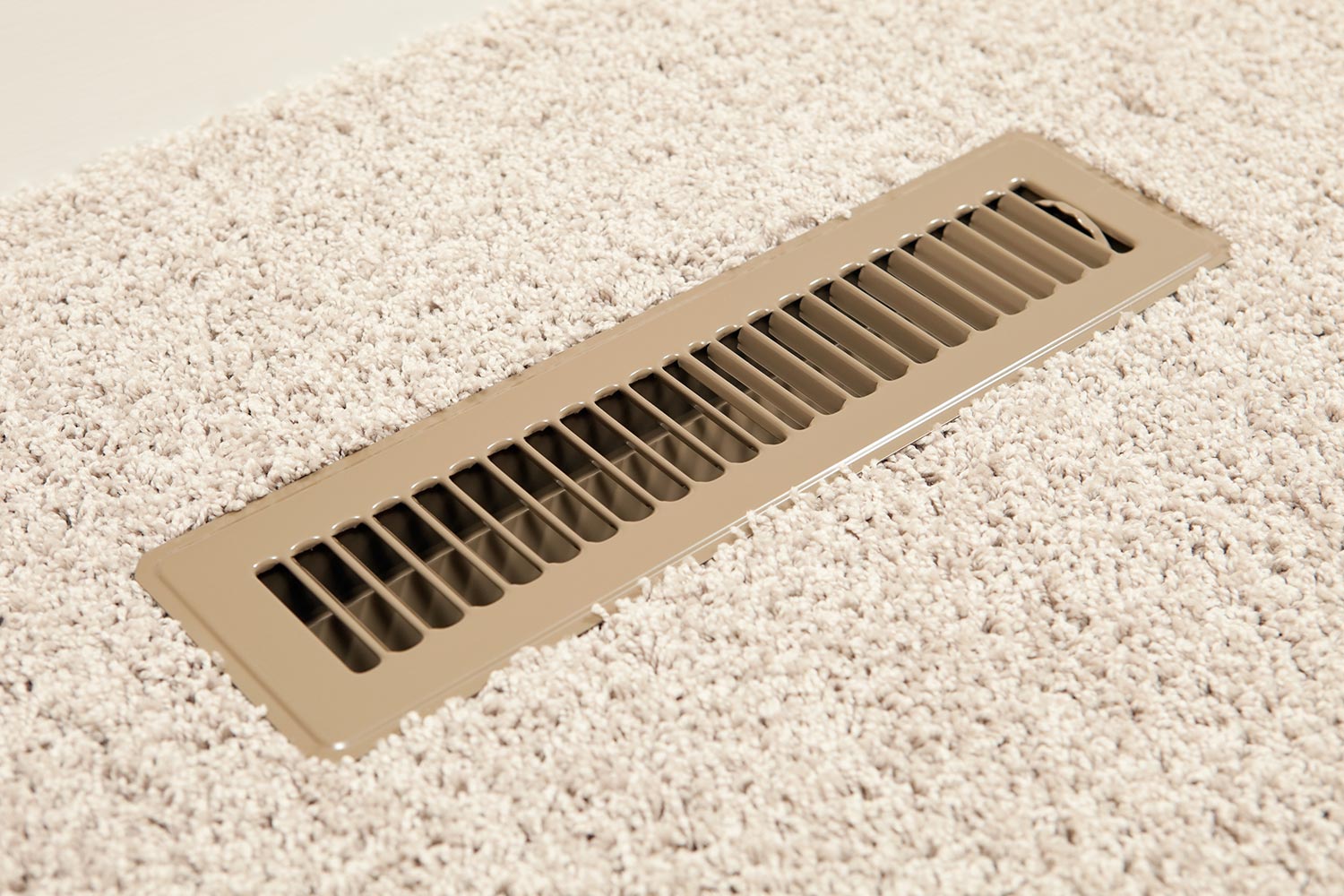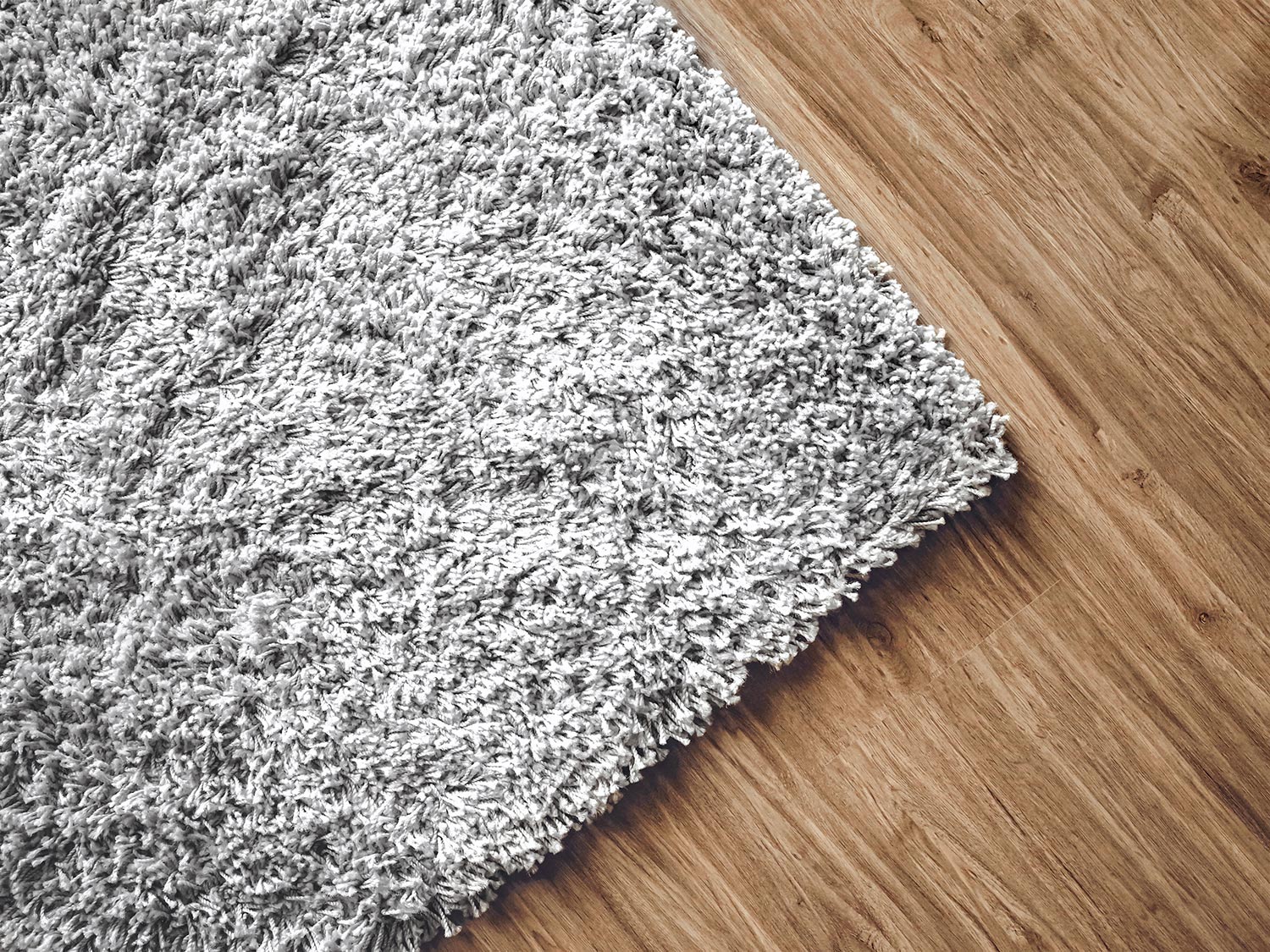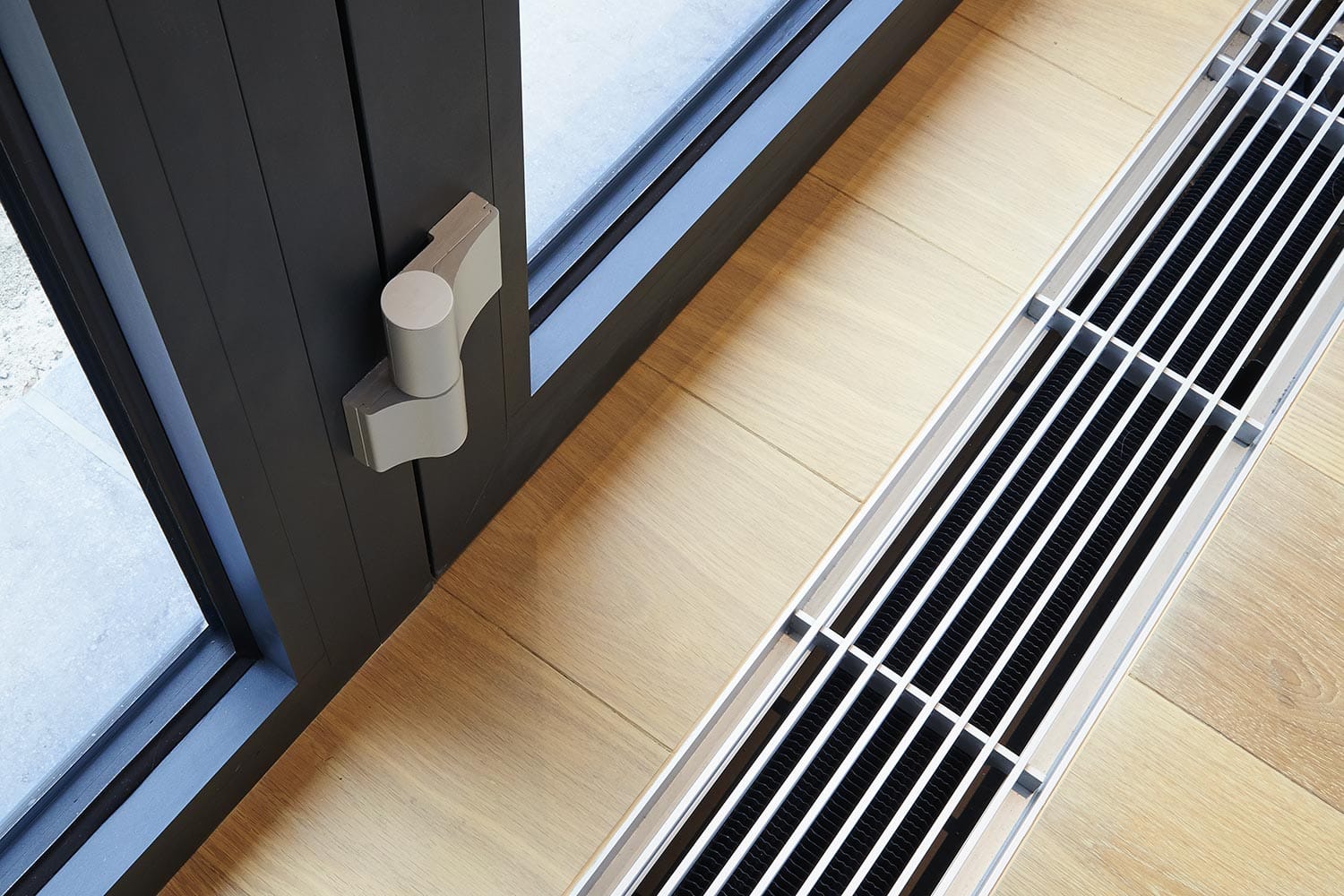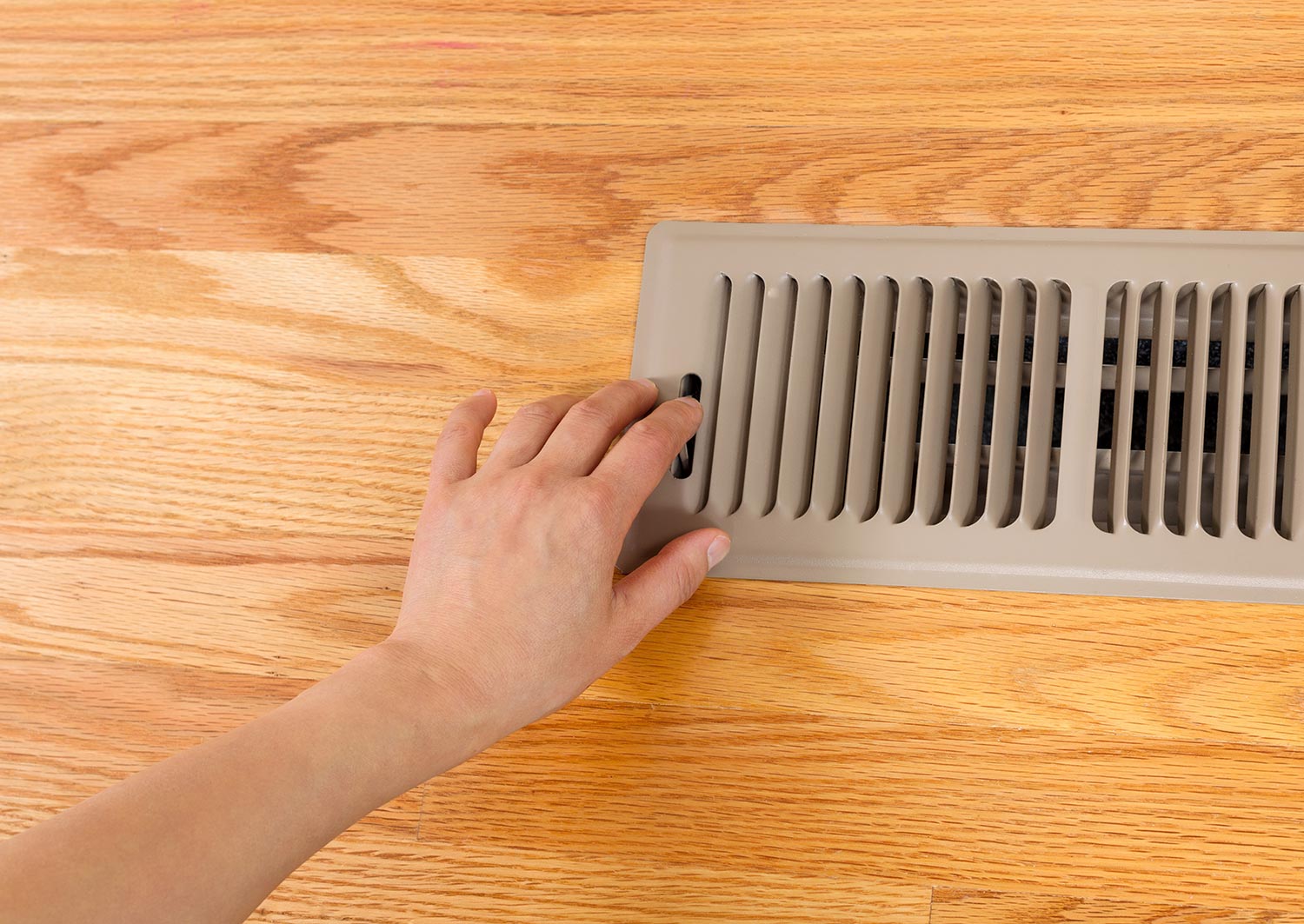When you plan to buy a new piece of furniture or are considering redecorating your home, one factor to keep in mind is your floor vents. You might wonder, how much clearance do you need for floor vents, so you don't block the air? We gathered some great answers for you.
Floor vents should have 6 to 10 inches of clearance from other fixtures to avoid blocking airflow. Air moves much more freely in and out of your HVAC system when you have more space.
But what happens when these vents are blocked? How does it affect your HVAC system? What are the things you need to watch for when installing floor vents? Read on to learn more.

Why Do Floor Vents Need Clearance?
Typically, most floor vents are return air vents. A return air vent is essential to the effective operation of your HVAC system. These air return vents return air from your room to your HVAC system's ducts. Before returning to circulate in your home, the air is heated, cooled, and even cleaned or set to a suitable humidity level.
Return air vents are a vital component of any HVAC system. A large piece of furniture put in front of these vents may reduce the efficiency of your HVAC system.
What Happens When You Block Floor Vents?

Blocking return vents can cause your HVAC system to run inefficiently and cause early wear and tear on the components inside. When you close the return air vents, you cut off all airflow to the heating and cooling system and your home's rooms.
Also, if an essential vent in a room is blocked, the humidity in that room may rise above the rest of the house. Furniture, textiles, clothing, and literature are all affected by humidity. Also, humidity promotes the growth of mold.
What Is The Ideal Size Of Floor Vents?
In general, vents usually come in these common sizes:
- 4-in x 10-in
- 6-in x 10-in
- 4-in x 12-in
- 6-in x 12-in
Typically, small-sized vents are installed in hallways, bathrooms, and laundry rooms. In contrast, medium-sized vents are usually placed in dining areas and bedrooms.
The size of your floor vents should be based on your room space. Having big-sized vents in a bathroom can be a hassle when you want to decorate. Thus, having the appropriate vent size is important.
What Are The Pros And Cons Of Using Floor Vents?
If you're just starting to build your HVAC system, and you're contemplating using floor vents, here are some pros and cons that might help you:
Pros
- Better performance compared to ceiling registers
- Significant energy savings offered
- Better when heating the room is required
Cons
- HVAC ducts are not accessible
- Furniture can block the airflow to the vents
- Can affect the design of your interior
- More prone to dust accumulation
- Can be easily damaged by kids
What Common Household Items Block Floor Vents?
Every item in your household can block your floor vents if put in the wrong place. The most common offenders are couches, shelves, rug, carpet, etc.

How To Arrange Furniture Without Blocking Air Flow?
Now we bet you're wondering, are there ways to still achieve your desired interior design if you have floor vents? Here are some tips for you:
- Locate where your floor vents are placed.
- Always think of the furniture-vent clearance.
- Look for alternatives to incorporate your floor vents into the interior design.
- Keep big furniture away from floor vents.
- Opt to use open-back furniture pieces.
How To Decorate Floor Vents To Complement Interior?
Are you planning to restyle your floor vents to incorporate in your design? Here are some suggestions you might like:
- Repaint your floor vents.
- Add covers to your vents.
- Replace old vents.
- Cover the vent with furniture and conceal the inlet.
- Place air vent deflectors or vent extenders.
- Modify the shape of your vents.
- Strips and paneling can be used to dress up floor vents.
Can Floor Vents Be Painted?
Yes, you can paint your floor vents. Here are some guidelines for choosing what paint color to use:
- If your room's floor is a brown or wood tone, you should paint it the same color as the walls. Although brush paint can be used, spray paint is preferable.
- If a room contains carpeting and rugs near the vents, choose a color that complements or contrasts with the carpet and rugs. Avoid covering vents with carpeting or rugs.
- Use two or three colors, or combine them to create a new color. Many individuals prefer to use a dark hue to paint.
What Are Some Floor Vent Covers?
Another way to incorporate floor vents into room designs is by covering them. Vent covers are usually wood or metal, whatever suits your fancy.
Wood Cover

One alternative to cover the floor vents is a wood cover, which would give the room a more natural appearance. Use hardboard or wood pieces for a cover.
Take careful measurements of the inlet size and jot down the results. After that, grab a hardboard and mark an extra one inch on all sides. Finally, cut the hardboard to size and place it on the surface to double-check the measurements.
Metal Cover

Metal covers, such as copper, iron, and aluminum, can also be used to conceal the hole. Iron is a heavy metal that rusts when exposed to moisture. Painting iron covers will prevent them from rusting.
Aluminum is the best material because it is lightweight and durable. Furthermore, aluminum coverings do not rust and keep their texture and appearance for a long time.
Metal covers have a variety of motifs and patterns drawn on them in various colors. These can be matched to your carpet and décor. Decorate a plain cover with paint and other materials.
What Are Air Vent Deflectors And How Do They Work?
An air vent deflector is an HVAC accessory that goes over your home's air vents and is usually plastic. Depending on your air redirection demands, you can shift them upwards or downwards.
Deflectors come in a variety of forms, including crystal and plastic combinations. The sliding plates are composed of plastic to allow for fast movement. Plastic, crystal, wood, and metal deflectors are all conveniently available for purchase.
These deflectors work by rerouting air from HVAC vents for better air distribution.
Click here for this product on Amazon.
What Are The Benefits Of Using An Air Vent Deflector?
It's best to use air vent deflectors to provide even cooling and heating to all parts of your home. In addition, here are some benefits of using them:
- It allows furniture or appliances to be placed over vents.
- A deflector saves energy from heat loss.
- It helps in regulating the thermostat from vents near them.
- A deflector can be used to divert air from unused rooms.
What Happens When Affected Vents Are Closed?

Many homeowners believe that by closing unused vents, they save energy. However, this is not true. Closing vents can have a big impact on your HVAC system.
Closing too many vents in your home reduces airflow to the point where your HVAC system's coils can freeze, causing the compressor to break down. If you damage the compressor, you'll have to repair or replace it before your system can run at full capacity again.
In addition, closed air vents can force ductwork to release or explode. Microscopic leaks and inadequate ductwork connections cause the average home to lose 20 to 30 percent of its air. When you close the vents in unused rooms or those in the way of your furniture, the pressure accumulates, turning little leaks into major issues.
You can also encounter other problems like cracked vents producing carbon monoxide, which can encourage mold growth within your ducts.
Final Words
Having floor vents is not easy, primarily when it affects the arrangement of your furniture and appliances. However, you can find ways to fit them into your interior while still providing high-quality comfort to your home.
If you want to get rid of your existing floor vents, check out this article, How To Remove A Floor Furnace.
And if you want to learn where to place your vents, you'll want to read this article, Where Should HVAC Vents Be Placed?

